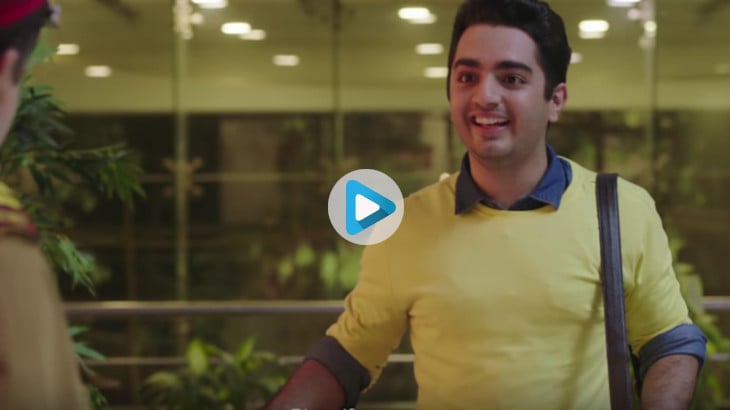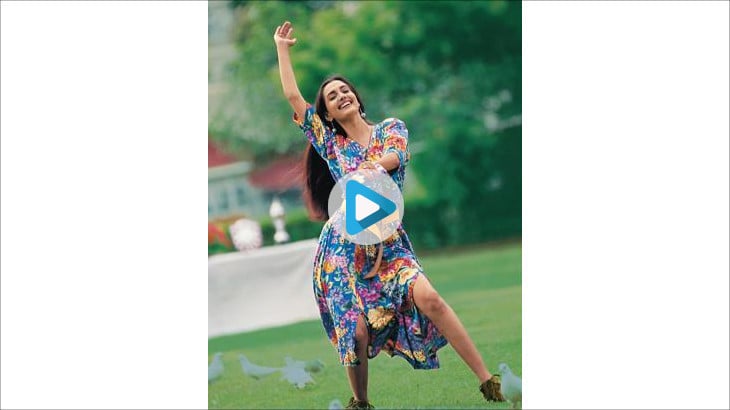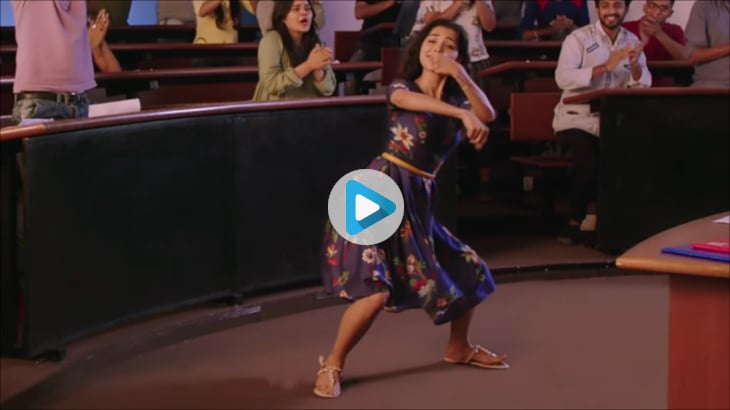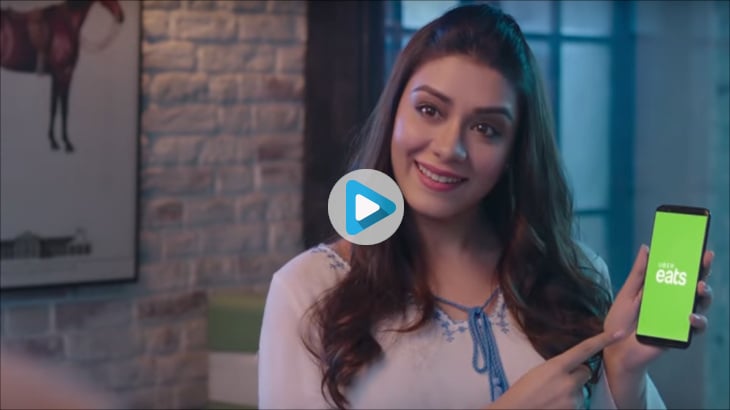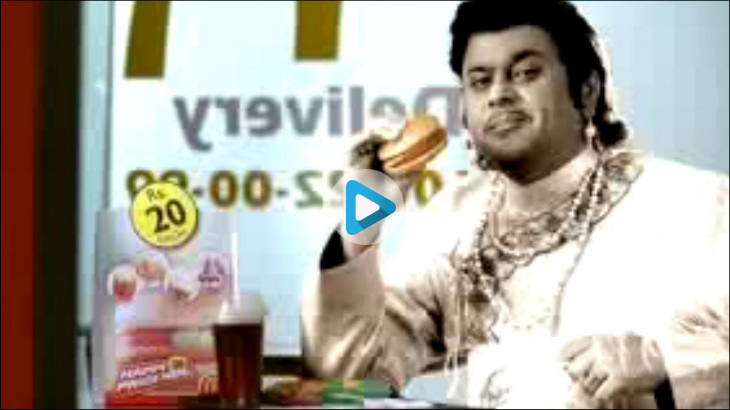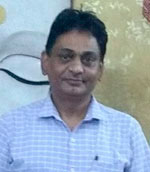UberEats recycles Cadbury, Dhara, Nirma ads from '90s

By Abid Hussain Barlaskar , afaqs!, New Delhi | In Advertising
Last updated : August 23, 2018 12:23 PM
All in a bid to entertain consumers into ditching Swiggy, Zomato.
Most Millennials and some others who were exposed to Indian television during the '90s will surely recall ads like Dhara's 'Jalebi boy', the Cadbury Dairy Milk girl with her strange dance on the cricket field or even Nirma Super's 'Deepikaji' with her 'paar ki nazar' for 'sasta' options. Hitting the nostalgia button, online food delivery platform Uber Eats' latest digital campaign - 'Purane prices, Naya app' - brings a little bit of those three iconic ads back to life. The campaign is a collective of three digital ad films titled - The Flatmates, The Classroom and The Office - each one cashing in on the popularity of those three classics.
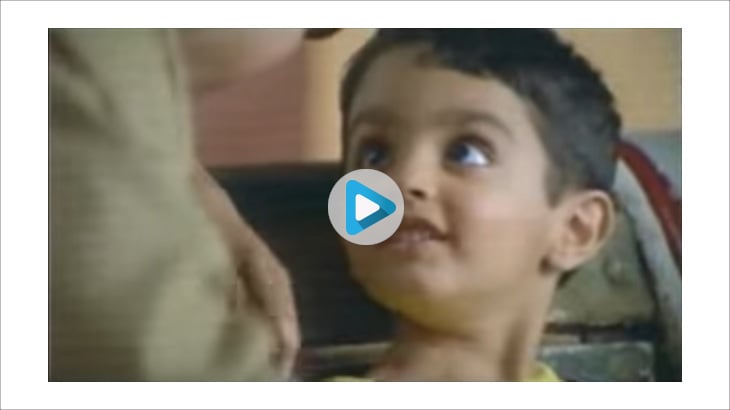 |
| Dhara's TVC featuring the Jalebi boy |
Apart from maintaining a similar jingle, storyline and rehashed dialogues, 'The Flatmates' video features the original Jalebi boy, Parzaan Dastur. In this rendition, Dastur, now all grown-up, leaves his apartment with bags packed as he feels quite ignored by his flatmates. However, he promptly returns when he finds out they've ordered biryani via Uber Eats.
The second ad, i.e. 'The Classroom', pays homage to the famous Dairy Milk TVC complete with the famous 'Kuch khaas hain' tune and corresponding wild dance routine. Here, the girl is portrayed as a student who celebrates a successful food order placed on Uber Eats while still in class.
The third in the series, 'The Office', showcases a new-age office-going 'Deepikaji', but one who shares the same 'paar ki nazar' (a keen eye) for the best options available just like her counterpart from the '90s ad. While the Deepika from the original TVC chooses the cheaper and better Nirma Super, the new one opts for the newer, more affordable Uber Eats options over the alternatives.
The videos have so much more than mere "Easter Eggs" that allow viewers to reminisce; the comparison is quite obvious and makes a bold statement in today's digital-first arena, especially for online food ordering platforms which are still spreading their wings.
The ads were conceptualised by the in-house creative team at Uber Eats.
ALSO READ: Zomato mocks its critics with an apology
afaqs! got in touch with Namita Katre, head of brand, strategy and campaigns - Uber Eats, to find out more about 'Purane prices, Naya app'.
 Namita Katre
Namita Katre
In Katre's words, the ads were more of a tribute to the iconic ads of the past and aimed at evoking nostalgia while still delivering the brand's message.
"We went back to the brands like Mondelez and Dhara and shared the idea that we were interested in recreating their ads as a tribute. We carried only the basics like the storylines and music, which are symbolic. Although we haven't named the brands, the ads are a compliment," Katre says.
Speaking about the selection of the three ads chosen for the campaign, Katre says, "We had a lot of iconic ads to choose from, but we picked the ones which had the strongest emotional connect with viewers. Some scored more than others and had a better connect for us to be able to weave in a message of not only '90s nostalgia but '90s prices too. They provided us with a rich creative springboard."
We also asked about the 'naya-purana' tag that is a bit edgy in a new-ish genre like online food ordering and delivery. Katre explains that the 'naya' or newness of Uber Eats simply means that the brand isn't amongst the first movers in the online food delivery space. "We are the newest kid in the block. This messaging helps us convey that Uber Eats is a new app while inviting people to get on-board because of our value for money offering," Katre states.
About why Uber Eats chose to go ahead with its in-house creative team instead of roping in an advertising agency, Katre explains, "We use agencies who are external partners depending on what we are working on. On this one, it was the in-house team's understanding of the nuances of value communication, the category, the competition, and more than anything else, speed, agility and nimbleness that our internal agency brought to the fore. We do work with external agencies occasionally when we are looking for fresh perspective and the depth of a collective experience."
Turning to industry experts:
Ramanujam Sridhar, CEO and founder of Brand-Comm, is of the opinion that although the ad films did a fairly good job at cuing a '90s memory, they seem self-indulgent and made from an ad person's perspective.
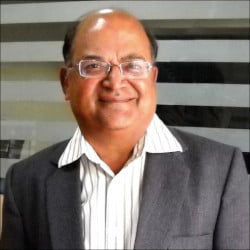 Ramanujam Sridhar
Ramanujam Sridhar
"The idea was 'purane zamane ka prices'. McDonald's did something like this some years back with a spoof/ mimicry of veteran Bollywood actors while delivering a brand message of a pocket-friendly price from a previous era. It's the same thought. Again, invoking memories of '90s ads and the brand's price point is a bit stretched," Sridhar says.
"The brand has tried to replicate them quite well; the only question is - could there have been a more creative way of looking at it? Advertising is not as mainstream as films or music. Maybe people do remember ads from the '90s, but is it the most important thing? Three popular songs from the '90s could have been a better deal," Sridhar adds.
Speaking about the selection of the ads, Sridhar says, "I think Rekha, Jaya and Sushma, from the Nirma jingle, were more popular. The Dairy Milk ad was popular, the Dhara ad, I'm not so sure; but will the average person recall all these ads?"
The ads from the 'Purane prices, Naya app' campaign, are more like a breath of fresh air for Ashish khazanchi, managing partner, Enormous Brands.
 Ashish Khazanchi
Ashish Khazanchi
"In an environment where every brand is trying to ride on meaningless platitudes of purpose and meaning to get traction with the youth, this one gets the love in a cheeky way. The casting for the ad referencing Dhara is a minor coup. Somewhere we've forgotten that brands do have a purpose and it's not always to imbue the consumer's life with highfalutin meaning. I miss that about advertising. My feeling is, so do the consumers. We no longer live in a time where you create an ad and it stays forever. The pace is more important. It has been done well. There might be minor flaws, but they are not relevant," Khazanchi says.
About the selection of the ads for the campaign, Khazanchi says plainly, "I like the Dhara and Dairy Milk ads more, but the Nirma ad could have been different."

